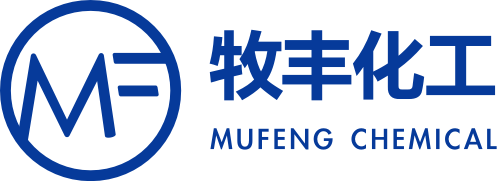Things to note when selecting titanium dioxide for plastic applications
In plastic applications, titanium dioxide is a popular pigment due to its ability to provide optimal scattering effects at low pigment concentrations. Besides optical properties, other important product characteristics also determine the grade of titanium dioxide suitable for specific purposes. Some key product characteristics will be discussed in this chapter.
In plastic applications, titanium dioxide is a popular pigment due to its ability to provide optimal scattering effects at low pigment concentrations. Besides optical properties, other important product characteristics also determine the grade of titanium dioxide suitable for specific purposes. Some key product characteristics will be discussed in this chapter.
Optical Properties
When selecting titanium dioxide for applications, basic optical properties such as adaptability, tinting strength, undertone, and color need to be considered. Adaptability and tinting strength of white pigments demonstrate their efficiency in light scattering, with adaptability indicating the ability of white pigments to render plastic systems opaque, and tinting strength indicating the whiteness and brightness provided by white pigments to colored plastic systems. Tinting strength is most commonly used to represent the light-scattering efficiency of white pigments. To measure relative tinting strength, 0.008 grams of carbon black is added to each gram of titanium dioxide sample, and this mixture of black pigments is dispersed in plastic to produce uniform, opaque plastic sheets or molded chips. The titanium dioxide sample with the maximum light-scattering efficiency provides the lightest gray and optimal light reflection. The undertone of titanium dioxide affects the hue of the tint. Undertone varies with the particle size of titanium dioxide, and it cannot be judged by the appearance of dry powder or white plastic.
Undertone is usually described as the ratio of blue to red reflection measured in gray tint (undertone = blue reflection / red reflection). Trained observers can detect a 0.01 difference in undertone in gray tints. In some transparent applications, the appearance of transmitted light is crucial. White pigments with low moisture content and similar products with high moisture content appear more yellow in transmitted appearance compared to neutral or yellow undertone white pigment grades. Using titanium dioxide with the correct undertone is crucial for precise color matching, and this undertone difference is difficult to remedy with pigment colors. When titanium dioxide is used alone in a completely colorless plastic system, its color does not relate to the undertone at all. Most grades of titanium dioxide used in applications do not exhibit significant color changes, however, factors such as contamination, reaction between titanium dioxide and resin or additives, and failure of heat stability can lead to inferior coloration.
Sometimes, color and undertone can be confusingly similar. It should be noted that any of the above conditions may cause titanium dioxide with a blue undertone to appear yellow. It is not uncommon for titanium dioxide grades with different particle sizes to exhibit the same color. Brightness (green index) and yellowness index [= 100 × (red reflection - blue reflection) / green reflection] are commonly used terms to describe the color of white plastic systems.


